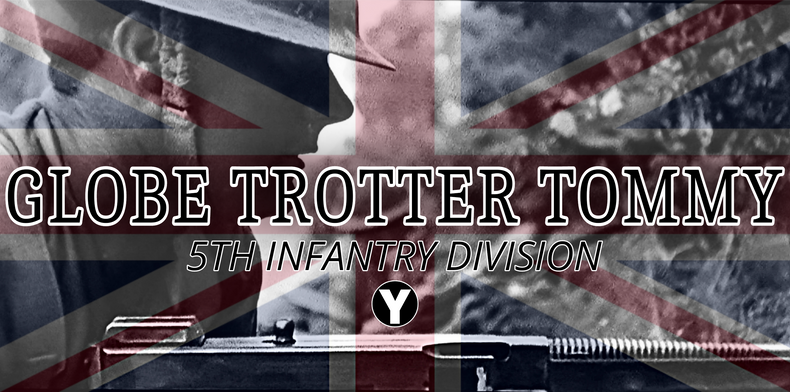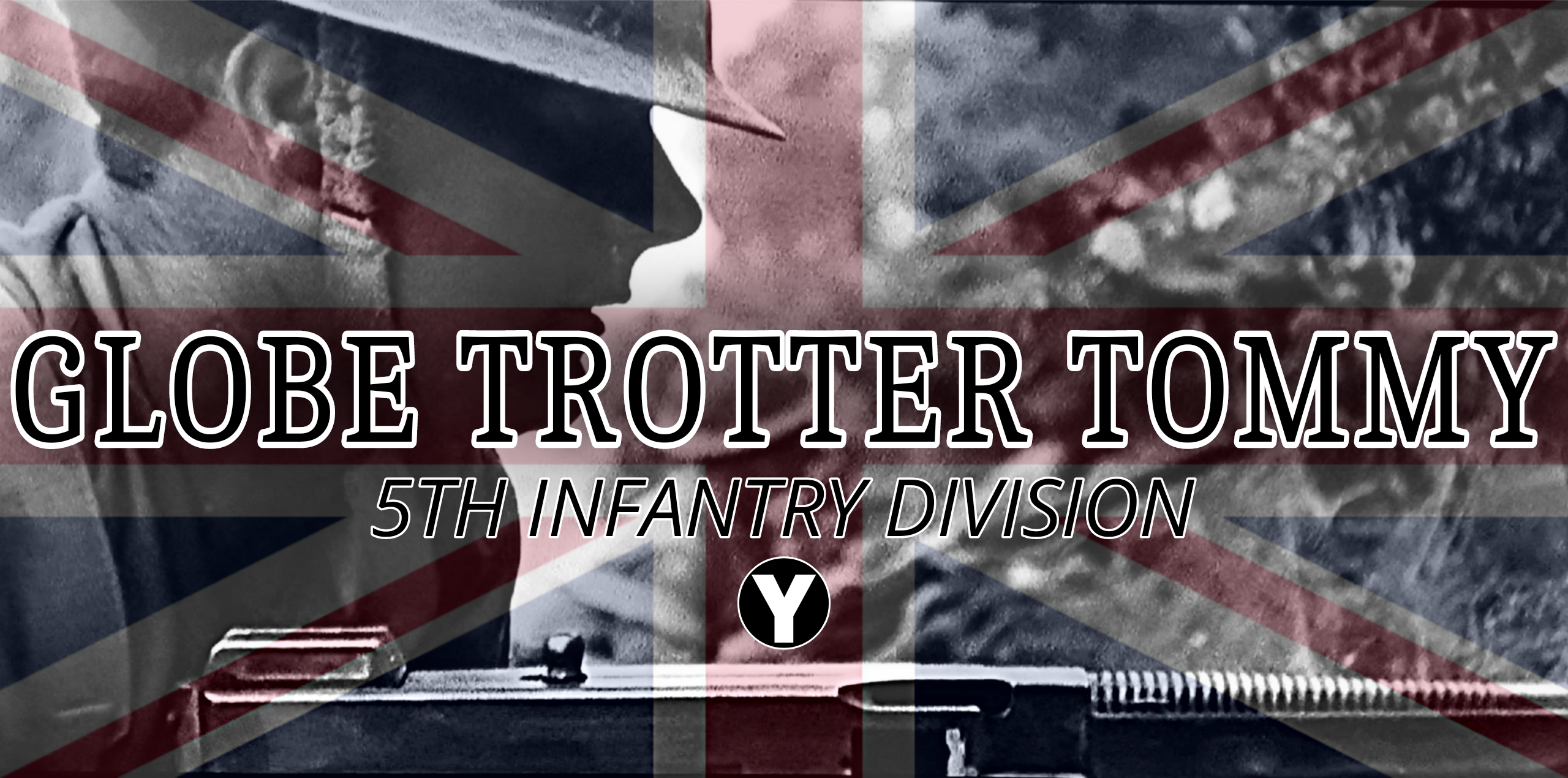
Through document research related to the dump site, we can now accurately confirm that these weapons originated from the infamous British 5th Infantry Division.
Dive into the rich history of our 1928 Thompson parts kit from its beginnings, through the campaigns it served in, to the men who carried it across continents and into history.
Nicknamed “The Globe Trotters”, the 5th Infantry Division was the most traveled, versatile, and battle-hardened UK divisions of WWII, trained for mountain warfare, amphibious assault, and even jungle combat
Early War & Jungle Preparation
After the evacuation from Dunkirk (1940), the 5th Infantry Division was reorganized and re-equipped — including the issuance of 1928 Thompson submachine guns, which became a standard weapon for officers, NCOs, and assault teams.
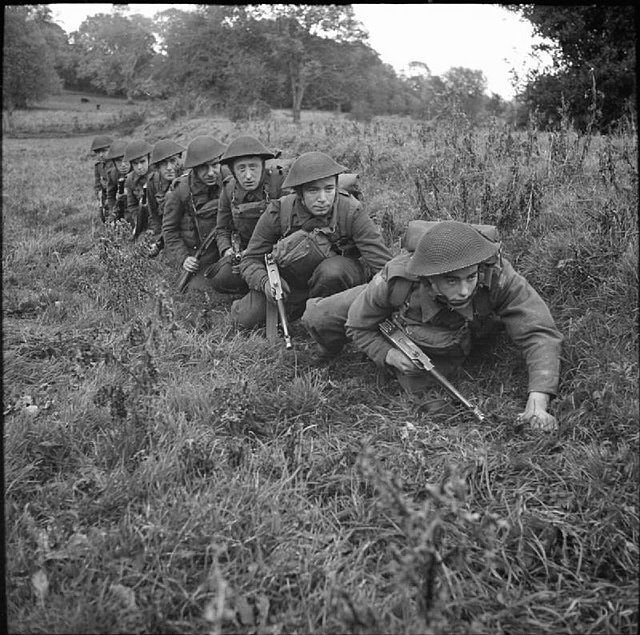
In 1942, the division sailed to India, where it underwent jungle warfare training in preparation for a possible Japanese invasion of India. This was part of Britain's broader defensive posture in the Far East and Indian Ocean regions.
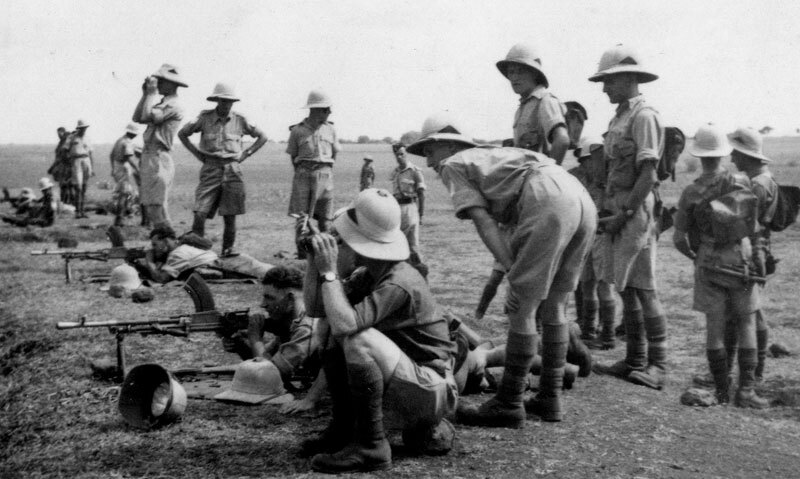
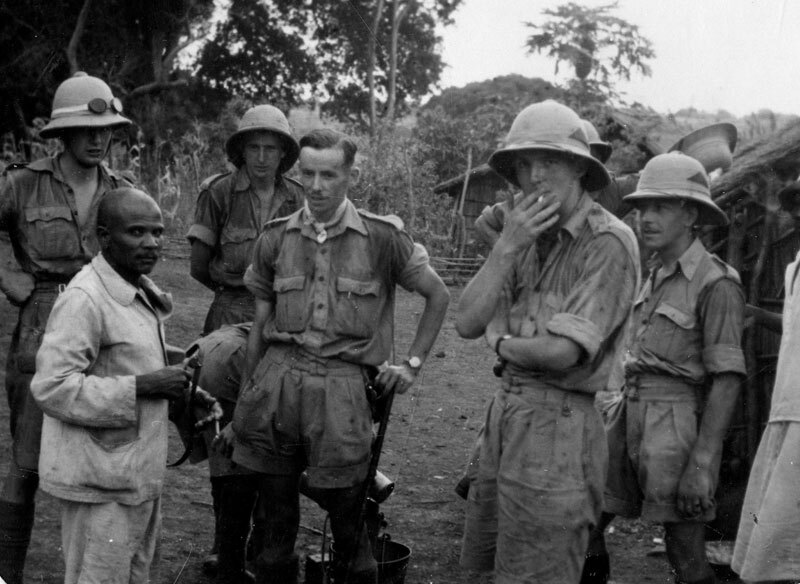
Operation Ironclad – Invasion of Madagascar
(May 1942)
Later that year, elements of the 5th Infantry Division spearheaded Operation Ironclad — the amphibious assault on Vichy French-controlled Madagascar. As a part of TASK FORCE 121 - The mission aimed to prevent Japanese naval forces from using strategic bays and to remove the Vichy garrison defending the island, composed of Senegalese and Malagasy troops.
On May 5, 1942, the 5th Infantry Division assaulted Courrier Bay and Ambararata Bay, engaging in fast and fierce fighting. Within two days, they had captured Diego Suarez (May 7), earning a reputation for effective jungle warfare and amphibious assault capability.
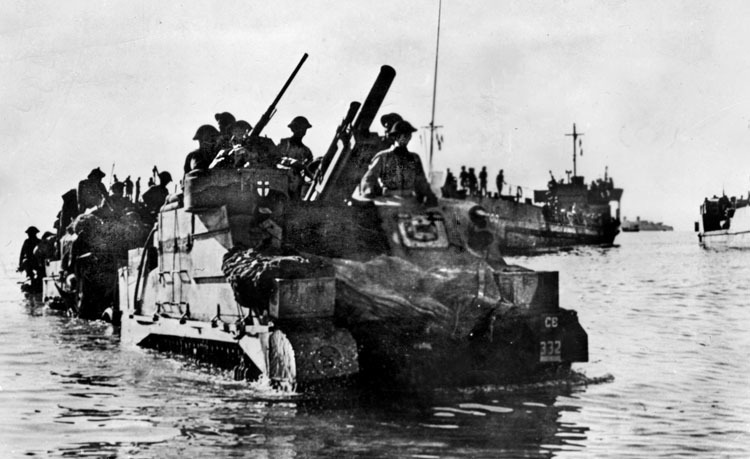
TASK FORCE 121 RENFORCMENTS AT THE BEACH & BREN CARRIERS ON THEIR WAY TO ASSAULT DIEGO SUAREZ
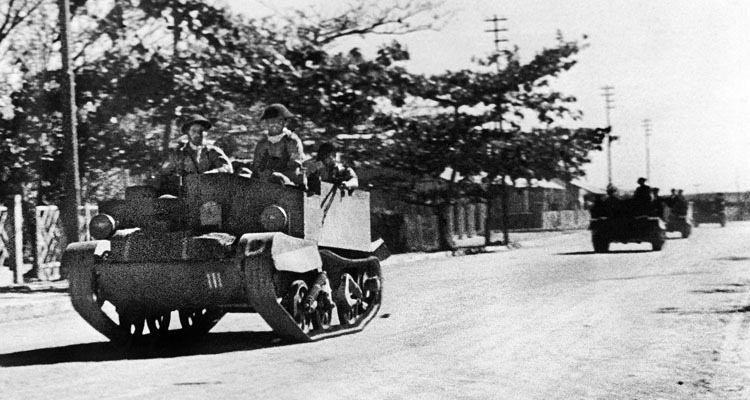
Middle East Training
In 1943, the division was posted to:
- Iraq (climate and desert acclimatization),
- Syria (for mountain warfare training), and
- Palestine/Egypt (for amphibious landing drills)
This sequence of specialized training was in preparation for the invasion of Europe.
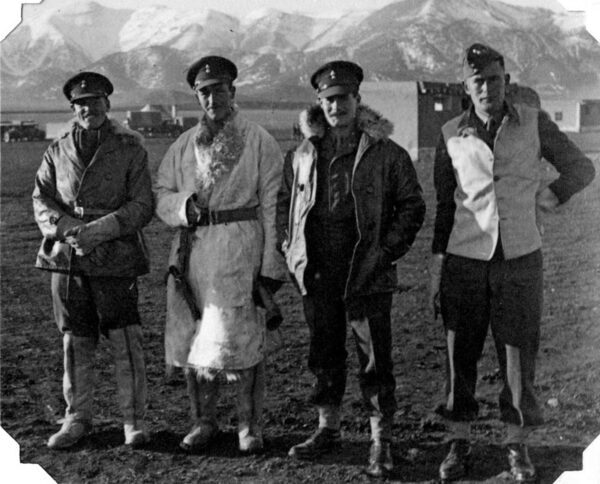
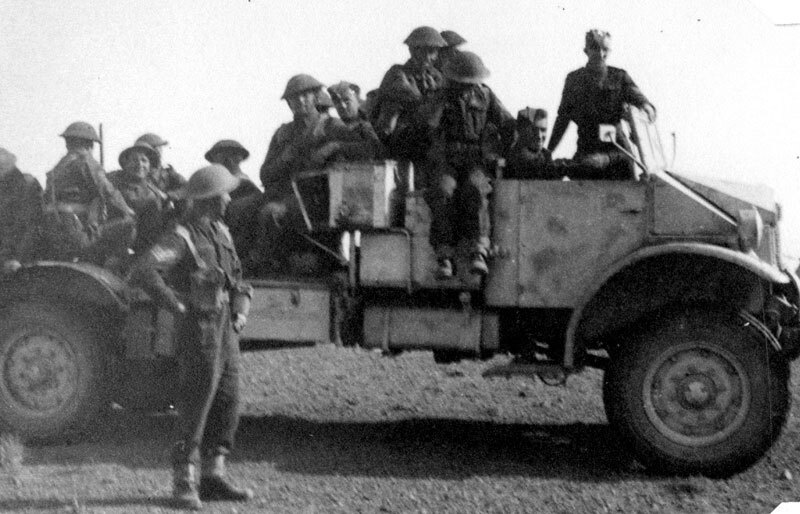
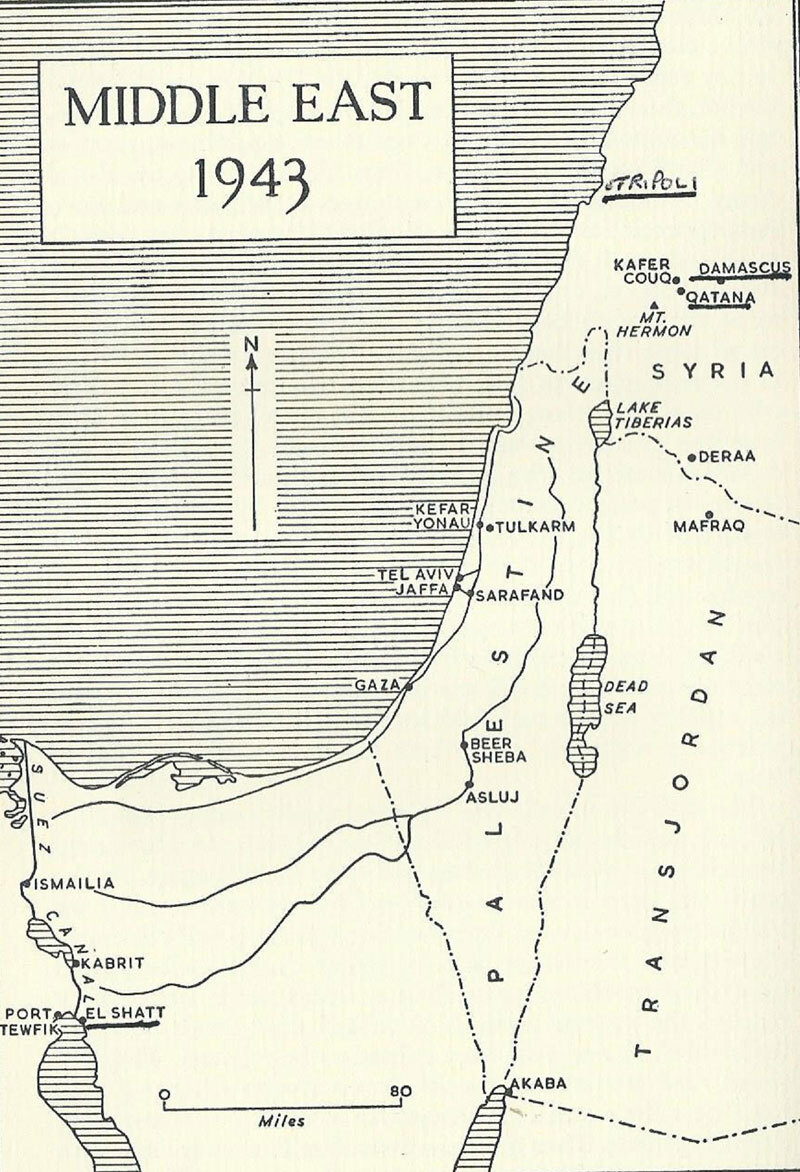
Operation Husky
– Invasion of Sicily (July 10, 1943)
By mid-1943, the 5th departed Palestine for North Africa, joining the Allied invasion of Sicily. On July 10th they landed south of Syracuse, facing moderate Italian resistance that intensified as they pushed inland and clashed with German forces, including the elite 1st Fallschirm-Panzer Division Hermann Göring.
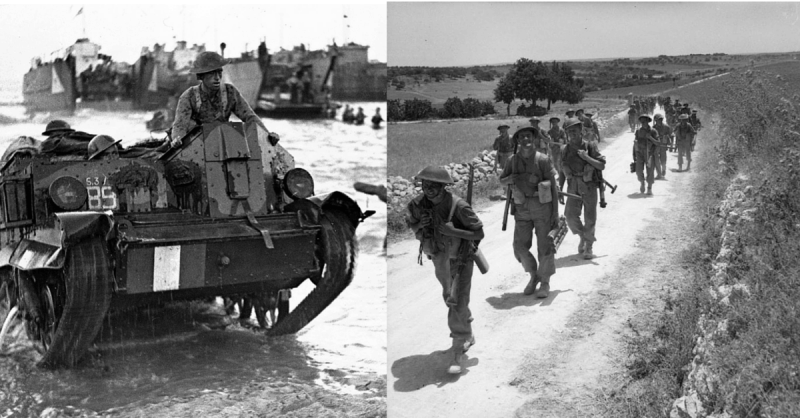
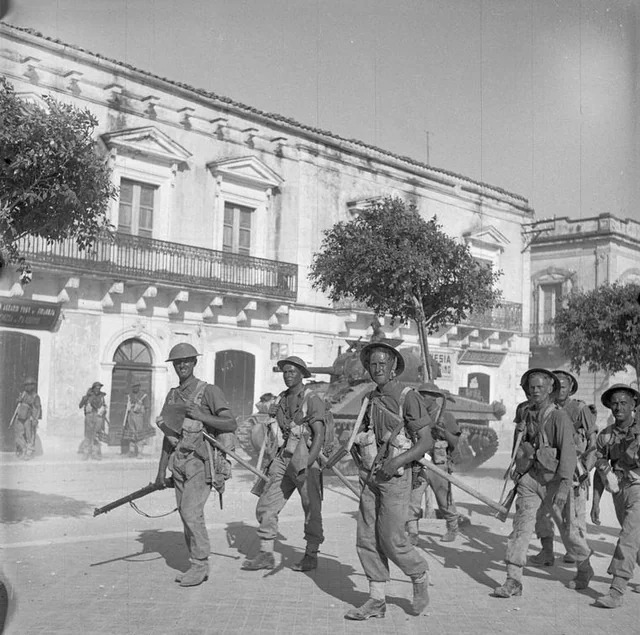
Operation Baytown (Sept 3, 1943)
– Italian main land
On September 3, 1943, the 5th landed at Reggio Calabria, at the southern tip of mainland Italy, as part of Operation Baytown. From there, they pushed northward into the mountains, engaging in intense combat in the Liri Valley and near Monte Cassino, facing the 1st & 4th Fallschirmjäger Division, Germany’s most elite airborne troops.
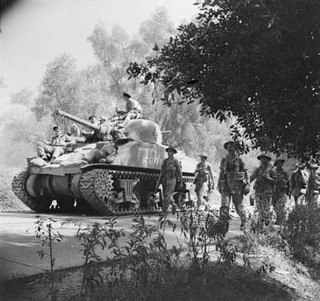
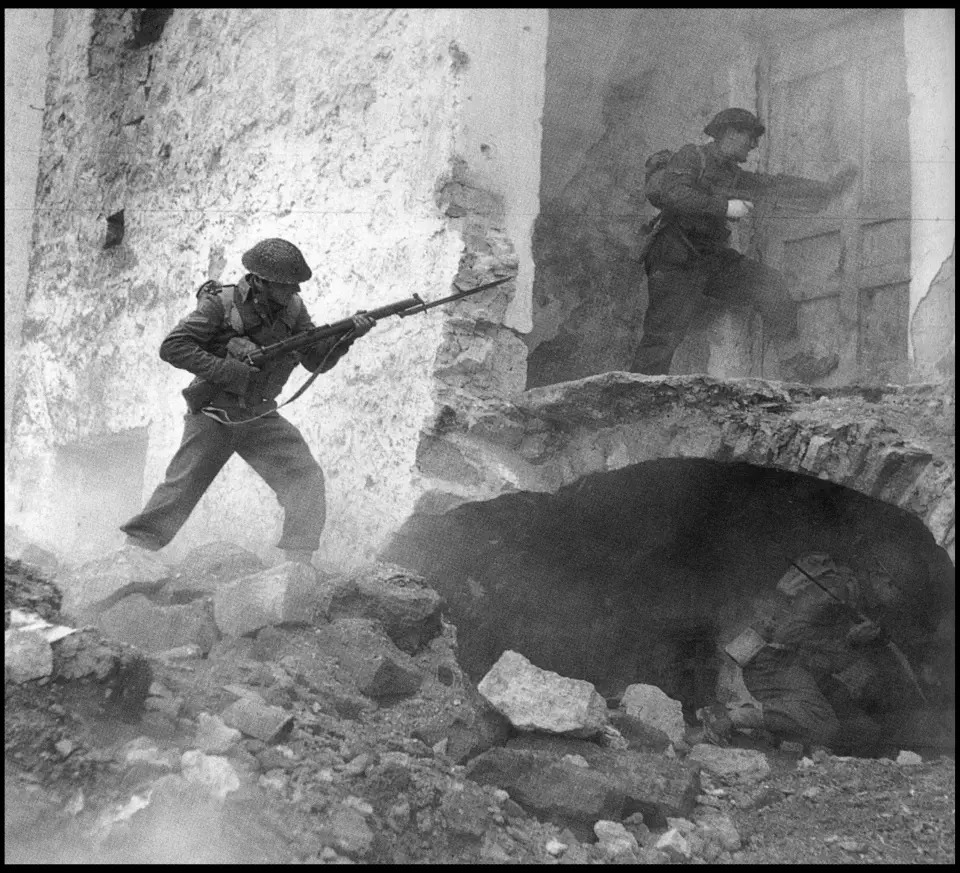
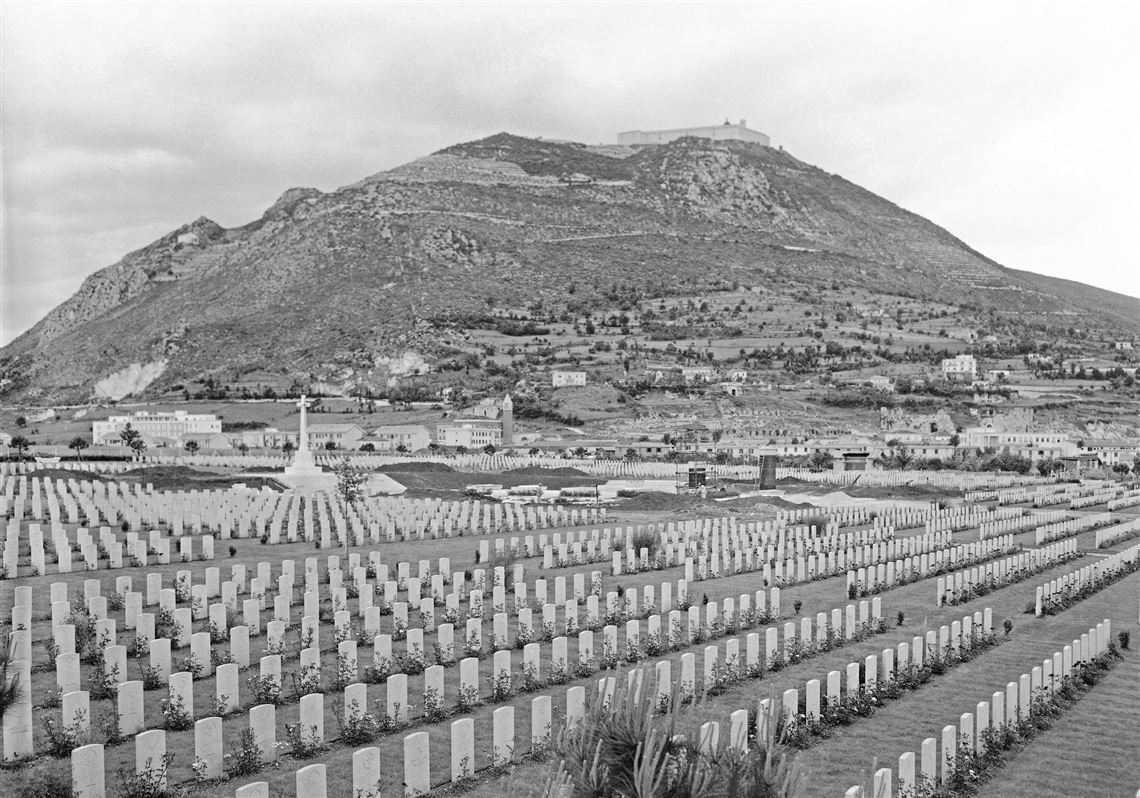
TAKING MONTE CASSINO COST 55,000 ALLIED CASUALTIES & THE TRAGIC LOSS OF THE CIVILIANS HIDING IN THE ABBEY BASEMENT WHEN IT WAS BOMBED FOR FALSELY BEING REPORTED AS A GERMAN ARTILLERY CONTROL SITE.
The Gothic Line (Fall 1944)
After the liberation of Rome, the 5th continued north into the Apennine Mountains and joined the assault on the Gothic Line — Germany’s last major defensive barrier in Italy. This formidable fortification included:
- Over 2,000 machine-gun nests
- Hundreds of reinforced bunkers
- Pre-sighted artillery and mortar positions
- Tank traps, trenches, and deep minefields
In August–October 1944, the 5th Infantry Division helped break through key Gothic Line positions. By late fall, German resistance along the line had collapsed in all sectors.
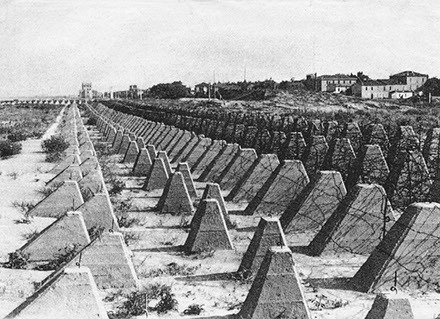
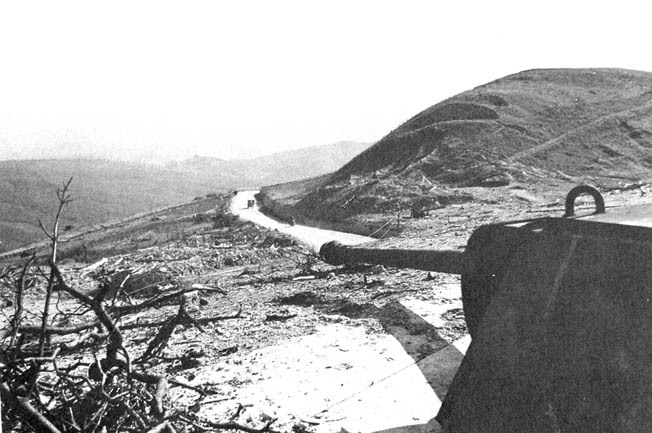
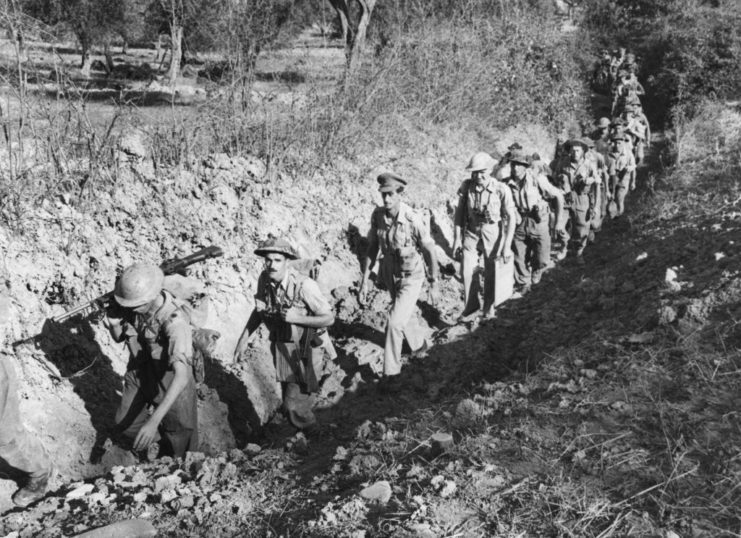

The Final Victory at the Po River
– Operation Grapeshot (April 1945)
The division’s final combat came in Operation Grapeshot, the Allied spring offensive of April 1945. Alongside the U.S. 91st Infantry Division (fighting in parallel sectors), the 5th crossed the Po River, engaging fleeing German units across the northern Italian plain.
By the end of April, Allied forces had captured over 200,000 German troops in the area. On May 2, 1945, all German forces in Italy surrendered unconditionally.
Less than a week later, Hitler was dead, and World War II in Europe was over.
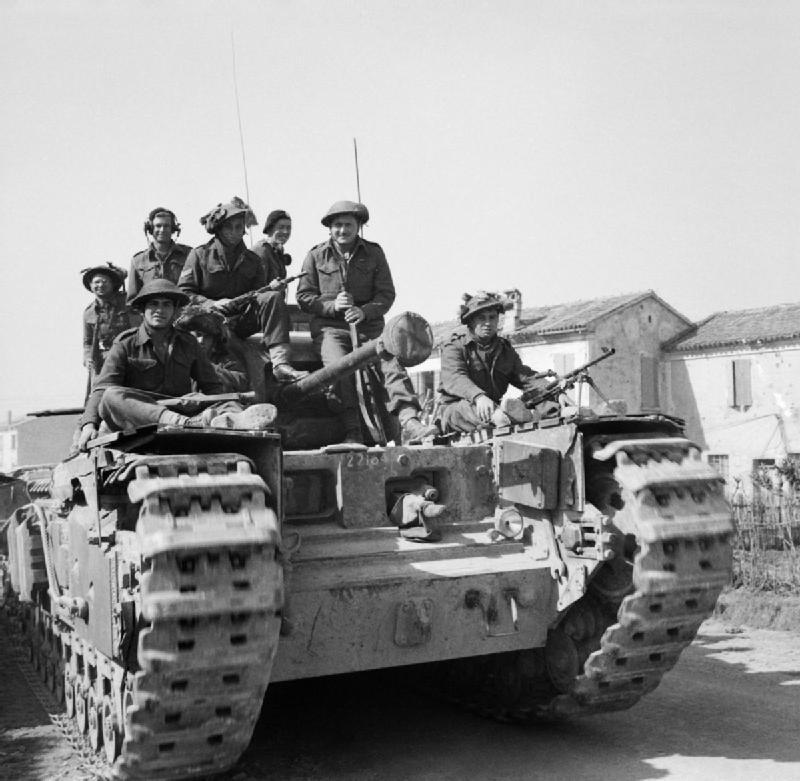
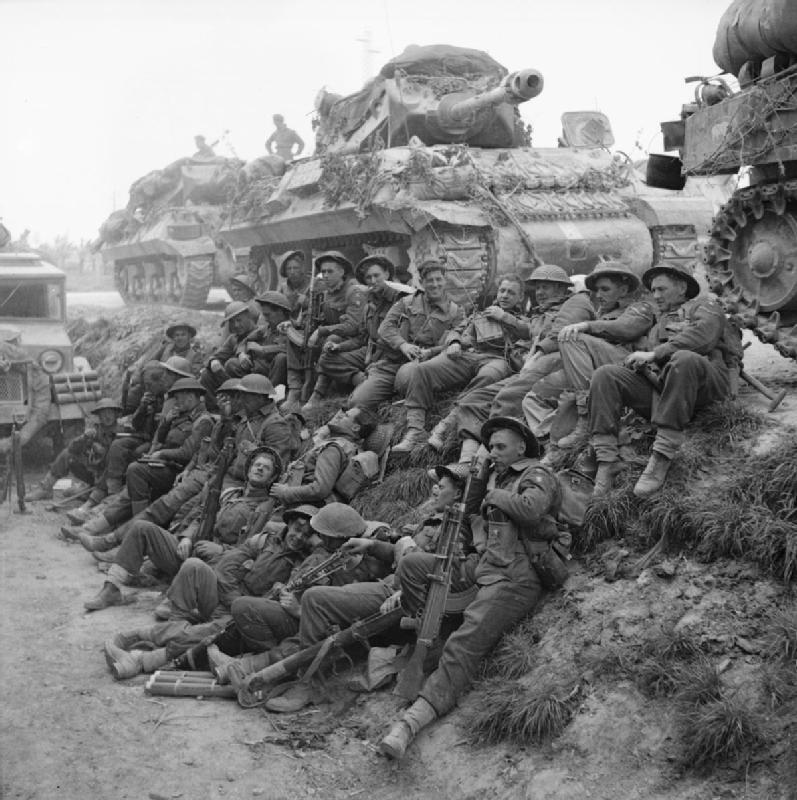
WITHOUT THE NEED FOR AN AMERICAN CALIBER SMG & YEARS BEHIND OTHER DIVISIONS IN PHASING OUT THE TOMMY FOR THE STEN, THE 5TH ARMY WAS FORCED TO GIVE UP THEIR QUALITY & PRISED TOMMY GUNS. THEY BEGAN RE-TRAINING AS AN OCCUPATION FORCE AFTER THE GENERAL GERMAN SURRENDER.
